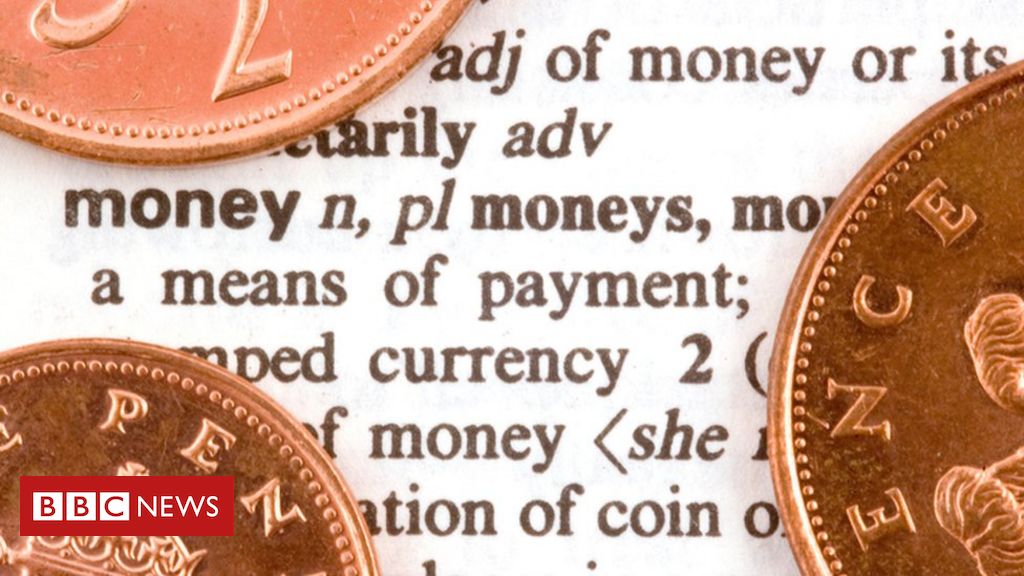Anyone who likes to see a new production date on their coins is set for a disappointing decade.
The Royal Mint has no plans to make new 2p or £2 coins for the next 10 years.
A coin mountain lies in storage as demand has dropped, in contrast to banknotes.
The issue was revealed in a wide-ranging report on the future of cash by the National Audit Office (NAO) warning it could become harder to access by those who rely on it.
It warned that the authorities were not keeping up with the pace of change in digital payments – leaving those who needed cash at risk.
Ten years ago, cash was used in six out of 10 transactions but by 2019 it was used in less than three in 10 purchases.
The NAO said the coronavirus outbreak may have accelerated the trend.
Despite the decline in cash use, a riddle remains over demand for coins and banknotes.
Coin-making has been cut by The Royal Mint but stocks of every coin in circulation are exceeding its targets. For £2 coins, the hoard is 26 times over target.
A spokeswoman for The Royal Mint said 2p and £2 coin production could return if needed.
“We constantly monitor the demand for coins from the banks and Post Offices, and seek permission to manufacture more from HM Treasury,” she said.
These coins have not been needed because lots of old coins were returned to circulation when the 12-sided £1 coin was launched in March 2017.
Everyone had six months to return their old round pounds and emptied savings jam jars or money stores at work, sending the entire contents back to their banks.
In contrast, demand for banknotes has been rising and there is little reliable information over the whereabouts of £50bn worth of notes in circulation.
They are not used in transactions or held as savings, but may be overseas, tucked away in homes unreported or being used in the “shadow economy”.
Old and poor ‘left behind’
The NAO said there were wider issues over access to cash, partly owing to the closure of 17% of cash machines in two years.
Older and lower-income consumers tended to use cash more and were at risk if nobody took responsibility for stopping the slide in cash access.
“Cash use might be declining overall but it remains a vital part of millions of people’s lives – particularly for some of the most vulnerable in society,” said Meg Hiller, who chairs the influential Public Accounts Committee in the House of Commons.
“The government took its eye off the ball and too many people already have to go out of their way to get their hands on cash.
“It and the regulators will have to hurry to catch up with fast-moving technology, or even more people could be left behind.”
The government has committed, with legislation, to protect access to cash, and address the sustainability of the cash infrastructure as its use falls. Some businesses that transport or process cash could struggle, it said.
The NAO said it could not currently see a clear link between the government’s aim and which of the various public bodies involved in overseeing the cash network could actually make it happen.
Gareth Davies, head of the NAO, said: “The approach is fragmented, and it is not clear that the action being taken will keep up with the pace of change.
“As society progresses towards the wide use of digital payments, the use of cash in transactions is dwindling. It may become harder for people to access cash when they need it and those without the means to pay digitally will struggle if cash is not accepted.”

